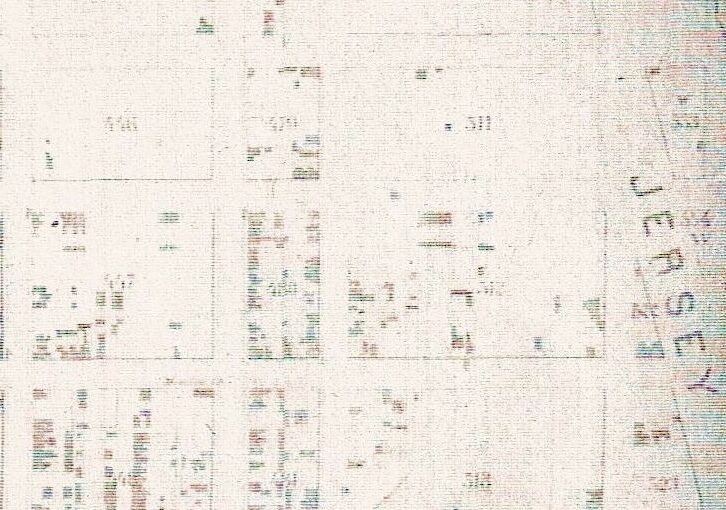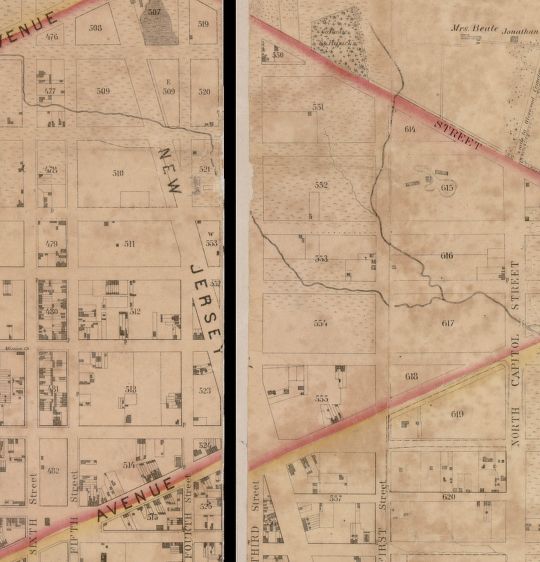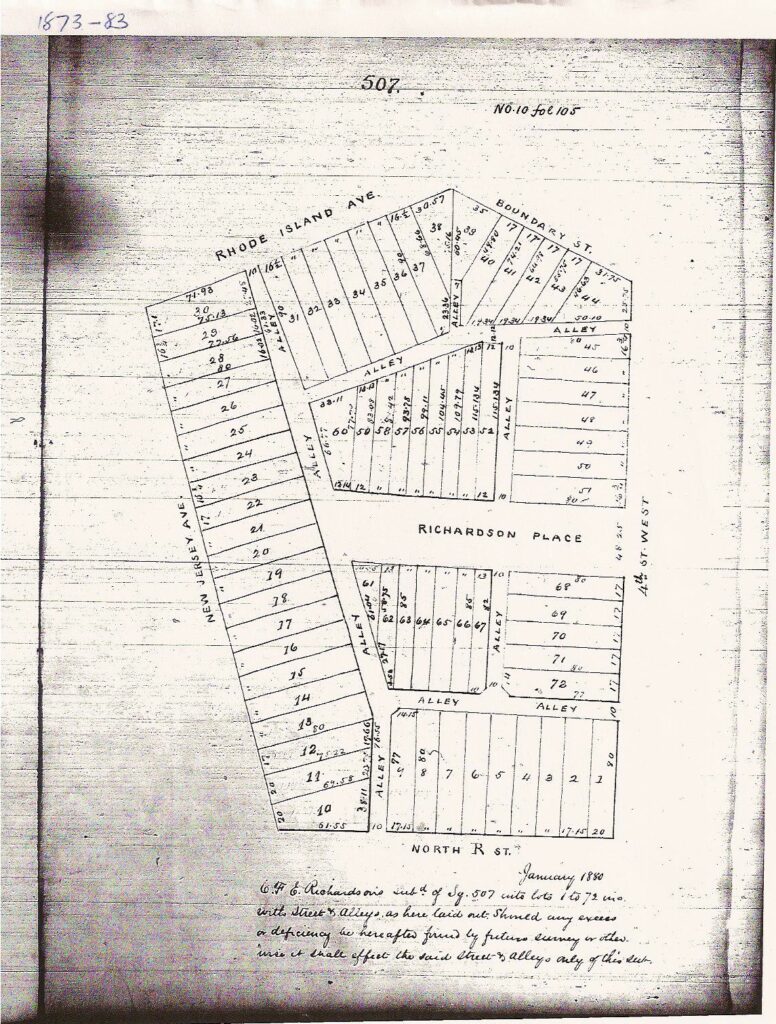According to the 1897 Report of [the] Commissioners of [the] District of Columbia there were:
Village………White….Colored
Bloomingdale….395……8
Eckington…….213……20
Eck’ West…….381……9
Eck’ Central….204……22
Le Droit……..1,721….146
These areas are villages as they are outside of the Old City boundaries (north of what is currently Florida Ave). This is how you remember what is Shaw and what isn’t. These “villages” are outside of the Old City. Houses outside the borders are more likely to have these things we call yards and their own 4 walls.
Yes, it seems I’m on a history bent this week. What does this have to do with Shaw and gentrification. Shaw…. I’ll talk about Shaw later, maybe put up some tax maps from 1880. On gentrification, well I like poking around and looking at the demographic data and seeing that the city is ever changing. Gentrification around here is a kind of change with the aspect of race thrown in.
The big census project I have been working on is on hold until after September. I want to see if Shaw, or at least the TC changed from predominately white to black quickly or slowly, and how.





